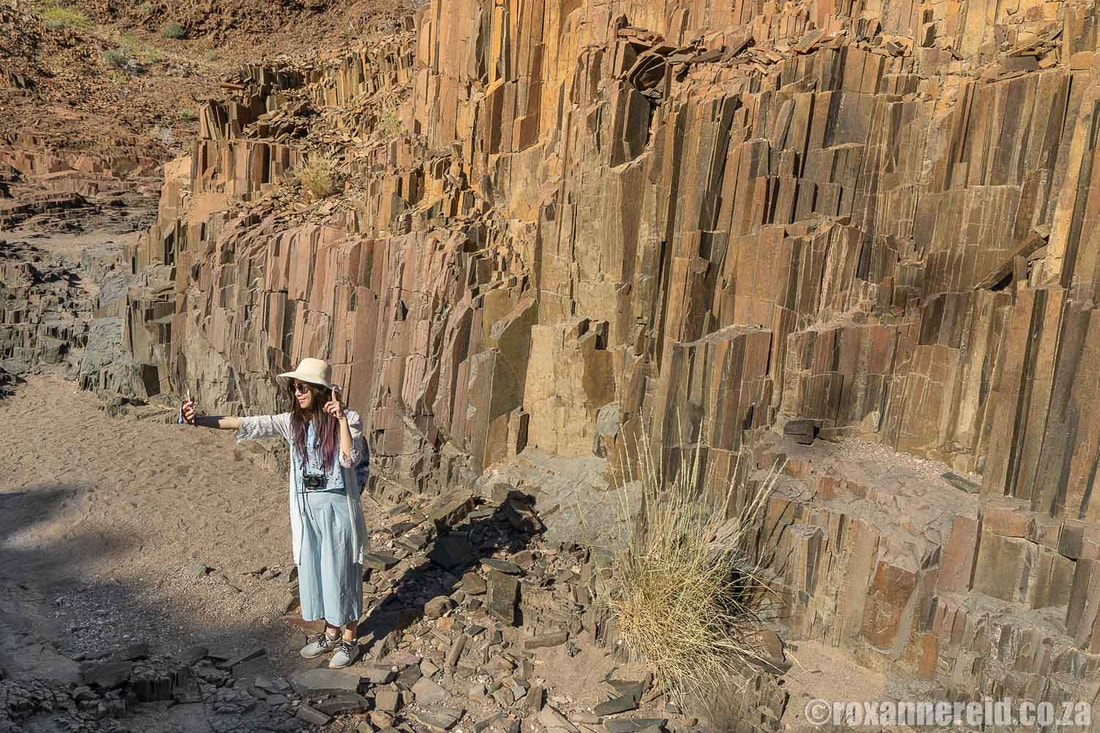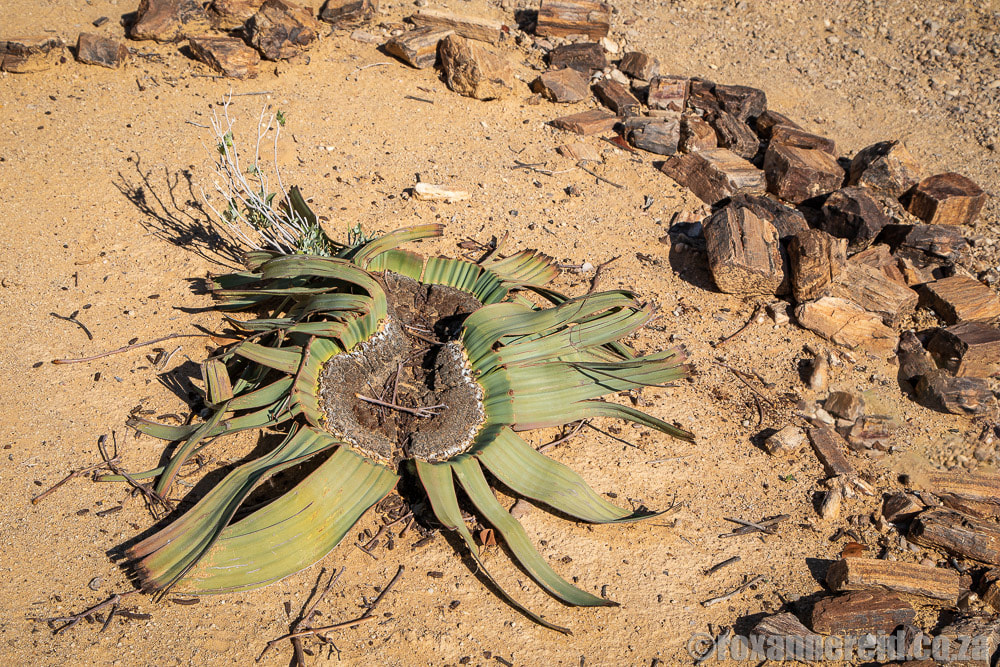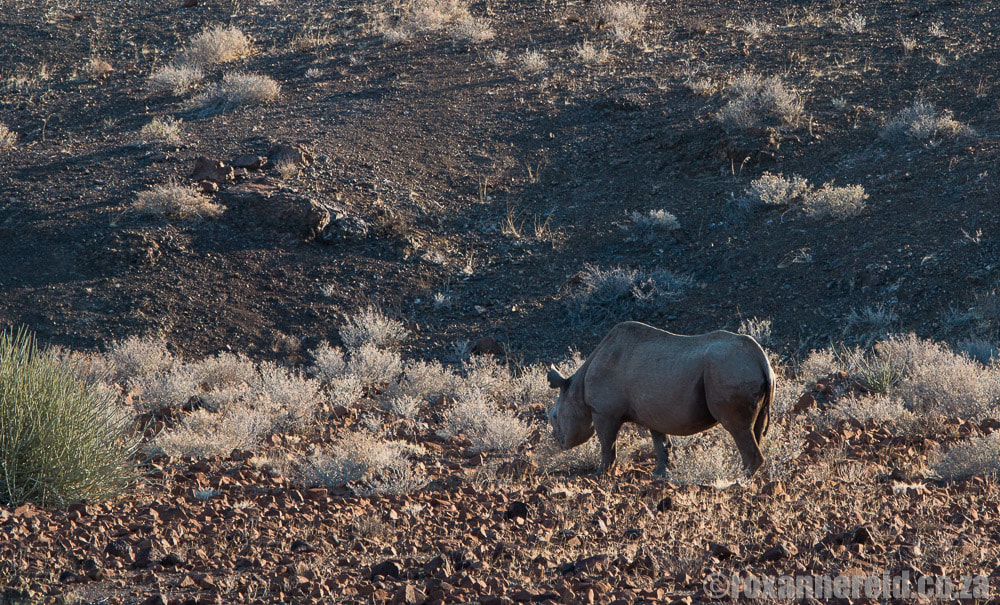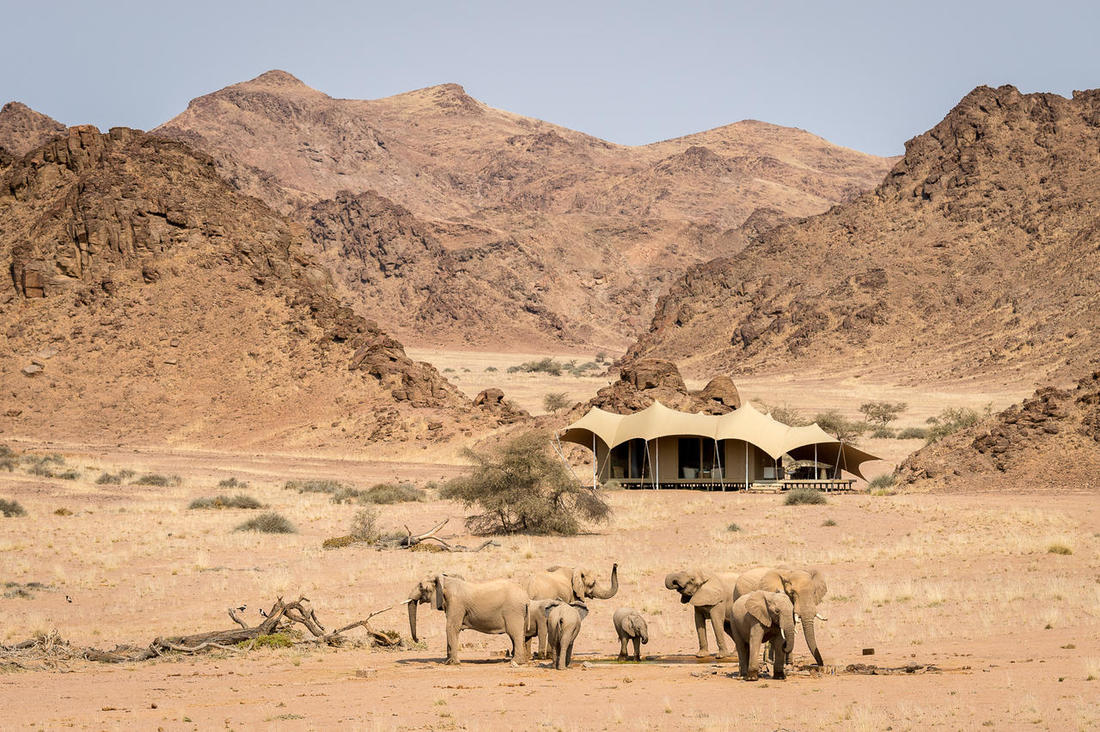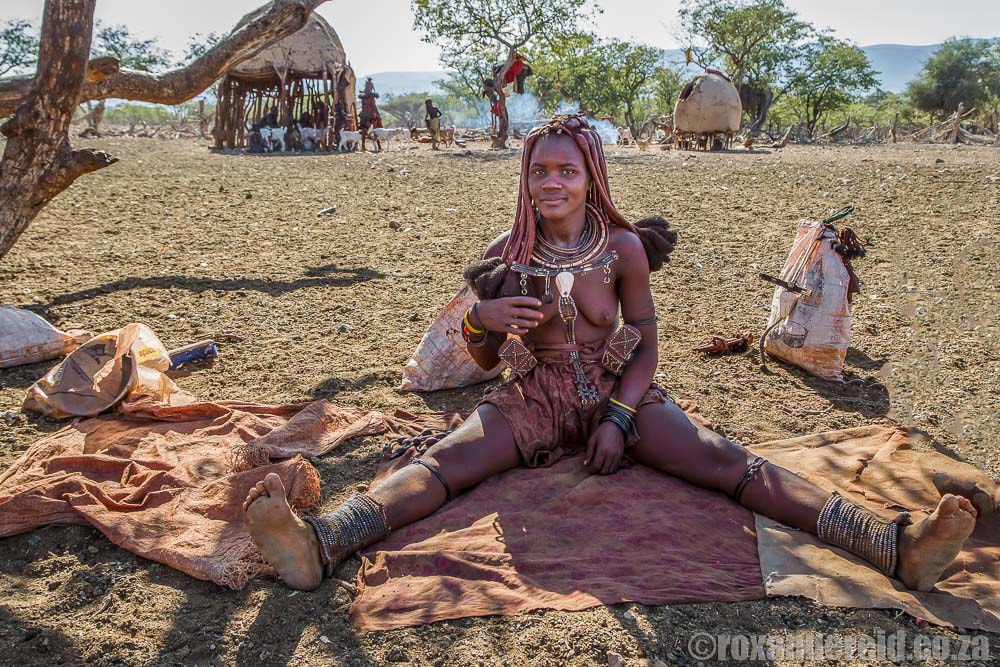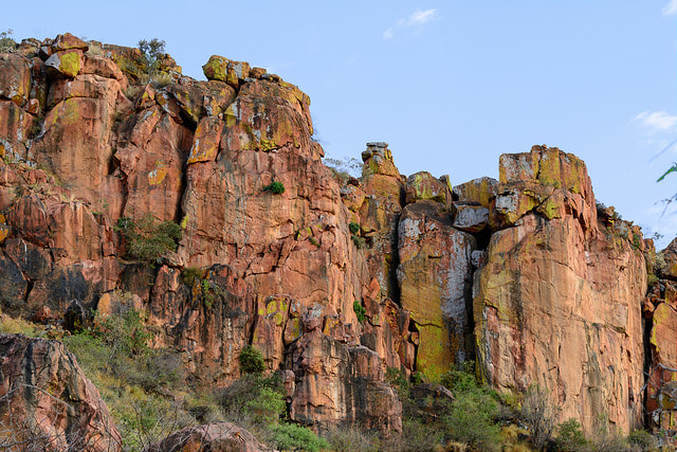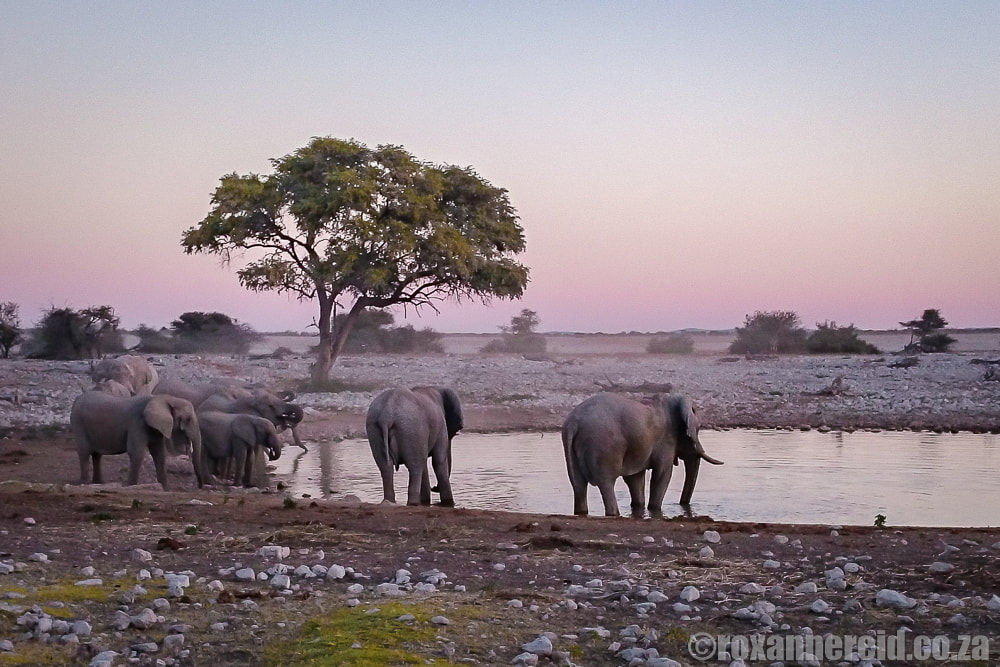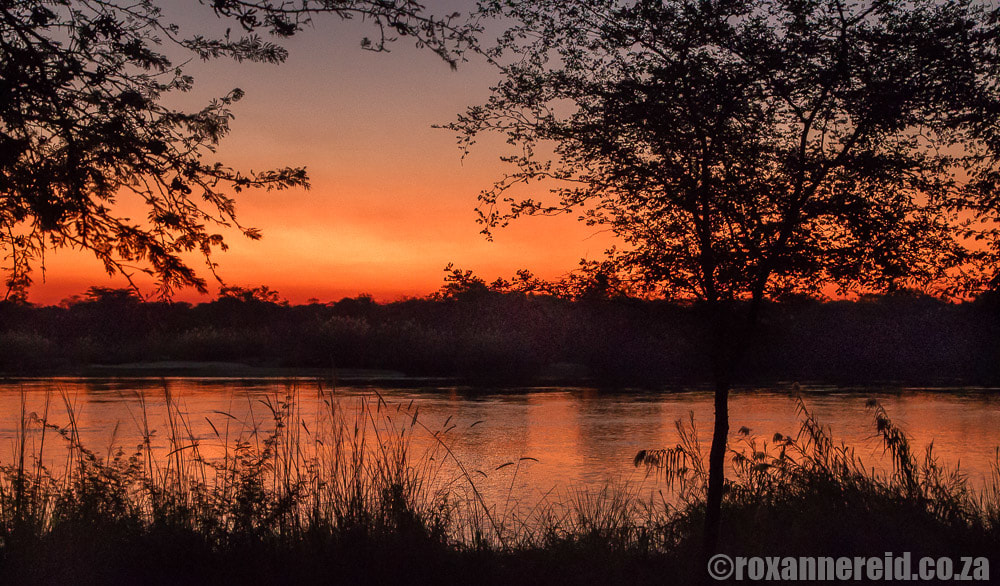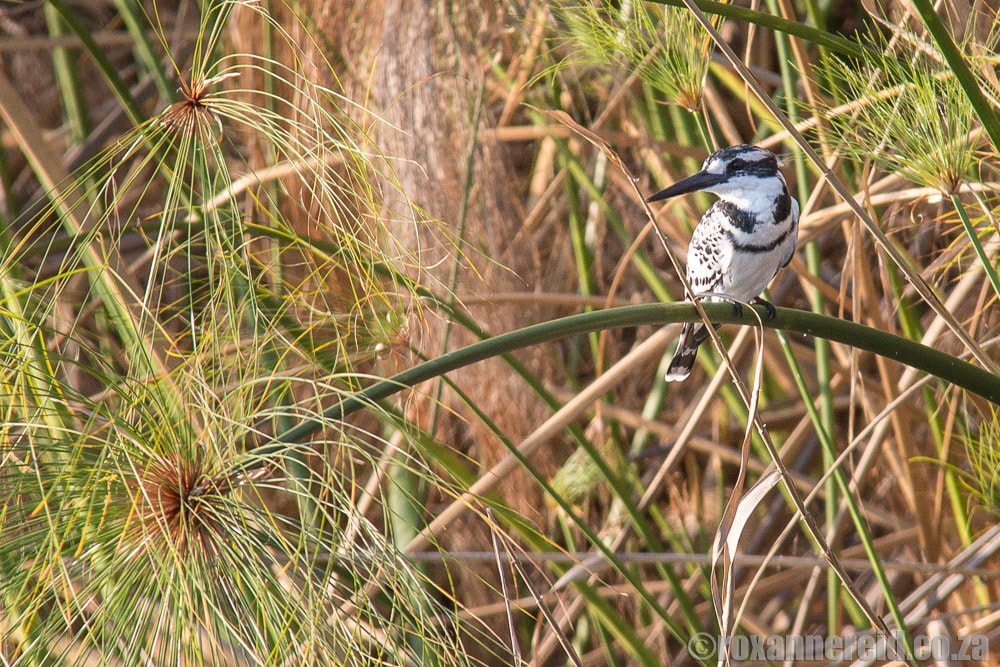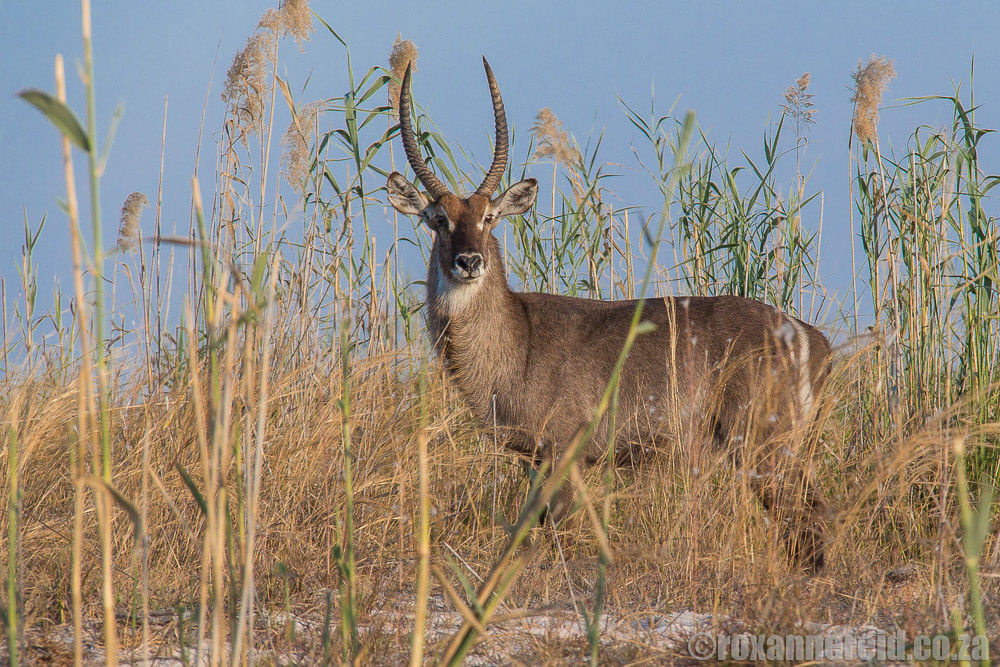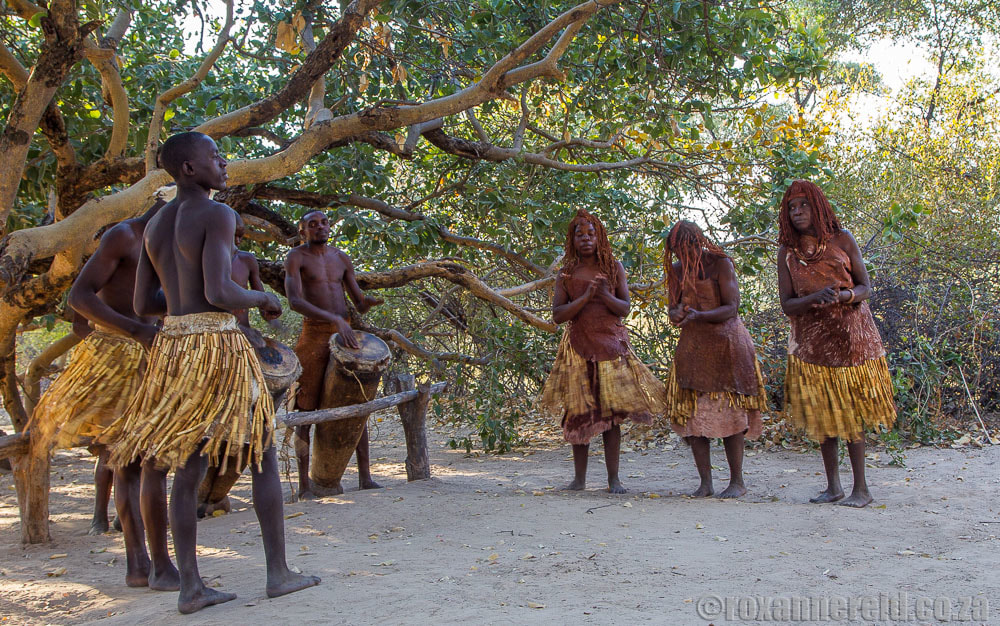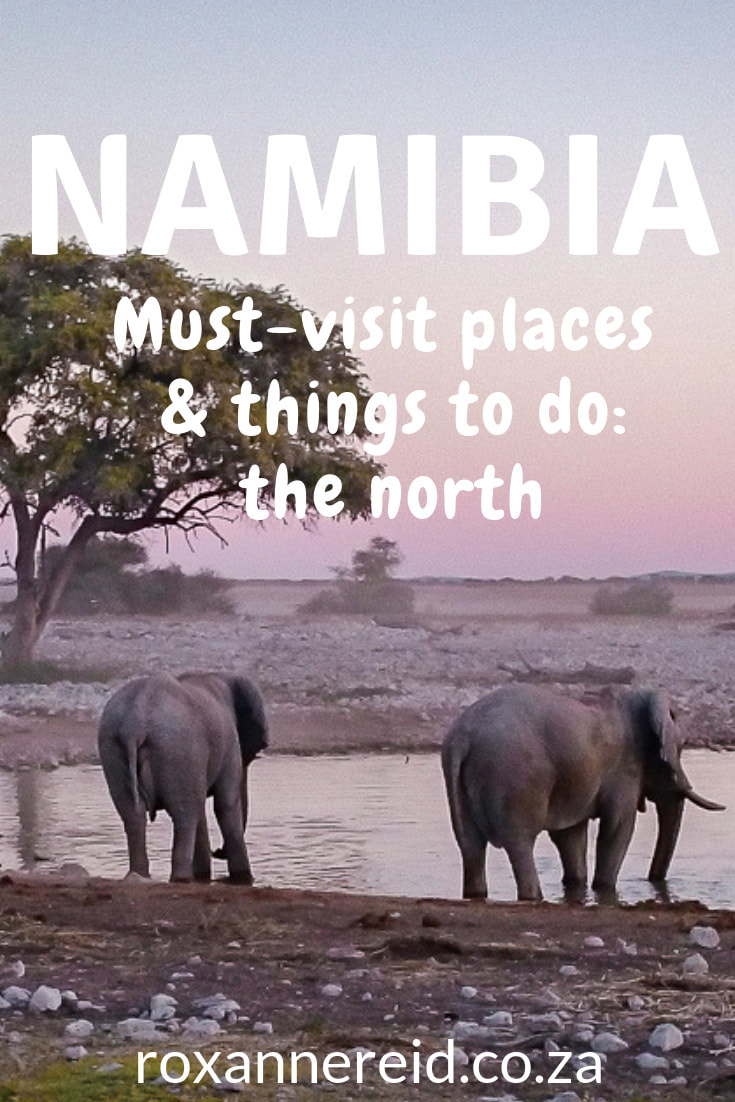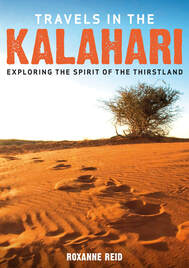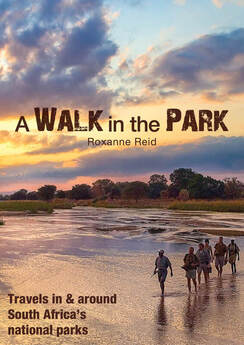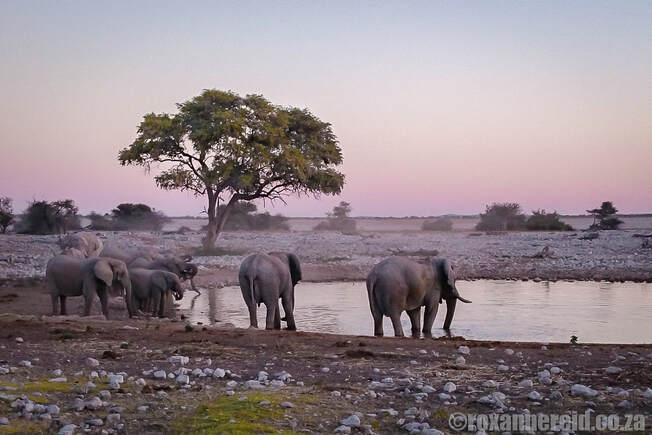
Deserts, rivers, wildlife, amazing landscapes. I’ve written elsewhere about the best places and things to do in south and central Namibia. In this companion piece about a country I’ve visited more than 30 times and has crept into my heart, I’m sharing my pick of places to visit and things to do in Namibia: the north. You’ll also find some tips to know before you go.
Rather concentrate either on the south or the north but don’t try to do both unless you have four to six weeks to spend uncovering all that Namibia has to offer. Rather indulge in slow travel and enjoy it to the max. If you try to cover the whole country, you’ll exhaust yourself with long hours driving to the next highlight without having time to drink it all in. I can guarantee that you’ll be so in love with Namibia that you’ll want to return, and that’s the time to see the rest of the country.
1. Southern Kunene (formerly Damaraland)
- Go rock climbing at Spitzkoppe
Marvel at giant granite boulders erupting from a flat earth, find caves, arches and rock pools. Stay at the community-run campsite to be in the best position to watch the rocks glow pink and gold at sunrise and sunset, to see a sky full of stars after dark. The main draw cards here are hiking and rock climbing, especially to the top of Gross Spitzkoppe, and seeing rock art. You may not hike or climb without hiring a local guide.
Read more about Spitzkoppe
- Walk among ancient rock engravings
The Twyfelfontein UNESCO World Heritage Site southwest of Khorixas is famous for one of the largest concentrations of petroglyphs (rock engravings) in Africa. They date back to the Late Stone Age and depict animals like rhino, giraffe and a lion-man. Taking a guide to explore the engravings is compulsory.
Read more about Twyfelfontein
- Visit the Organ Pipes
Not far away from the petroglyphs is a collection of dolerite pillars along a riverbed. They formed during a volcanic event when the continent of Gondwana was breaking apart 120 million years ago. The rock split to form vertical, narrow pieces of rock that look just like organ pipes.
- See a Petrified Forest
Some 50km northeast of Twyfelfontein is a collection of fossilised trees that arrived here from Central Africa during a flood 280 million years ago. Covered in mud that had a high mineral content, they turned to stone and were rediscovered in the 1940s after erosion exposed them. - Learn about Damara culture
Visit the Damara Museum near Twyfelfontein to learn about the lost culture of the hunter-gatherer Damara people and help support the Damara community that built and run the museum. - Find ancient welwitschia plants
The welwitschia is a strange and alien-looking plant, with its two ribbons of leaves. It can survive for more than 1000 years, but the leaves are always the original ones that grow longer and get shredded by the wind. Estimate its age by inspecting the stem base in the middle: each 10cm of diameter means 100 years.
- See desert-adapted elephants and rhino
Desert-adapted African elephants are unique to north-western Namibia and to Mali. You can find them near the ephemeral Aba Huab and Huab rivers in southern Kunene. To survive in such arid conditions, they drink only every 3-4 days (unlike other African elephants that drink every day). They also have a special pouch behind their tongues where they store water. To see desert-adapted black rhino or elephants, stop over at Twyfelfontein Country Lodge, Desert Rhino Camp, or Palmwag Lodge and sign on for a guided tour in the surrounding conservancy.
Namibia’s remote far north-western part of Kunene is not for sissies and definitely not recommended for first-time visitors or anyone without experience in driving 4x4 overland through sand. If this is you, I’d advise you to go no further north than Palmwag or Sesfontein.
- See desert-adapted rhino and elephants
There are desert-adapted elephants in the Hoanib Valley to the north-west of Palmwag, but you would either need to camp rough (no facilities, special permit required) in the Skeleton Coast National Park or book in to one of the luxury camps here (like Hoanib Skeleton Coast Camp or Shipwreck Lodge) for a chance to see them. You also have a chance of seeing desert lions.
- Drive the toughest 4x4 pass in Namibia
Warning: this is not for the faint-hearted. Van Zyl’s Pass is one of Namibia’s most extreme roads. In fact, it’s more of a route than a road and you may need to stop to move boulders to make it passable. You’ll find it between two very steep mountain ranges in the Marienfluss, with its rippling golden grasses. It’s best travelled downhill from east to west, but still keep a lookout for oncoming vehicles. You need a 4x4, lots of patience and some serious driving skills. Definitely for adventurers travelling with more than one vehicle and NO trailers. - Visit a Himba village
There’s something endlessly fascinating about the Himba (or Ovahimba), a tribe of north-western Namibia who still live largely in their age-old traditional way. Learn about the red clay they put on their skin, their elaborate hair extensions, metal, shell and leather jewellery and how they use herbs to perfume their skin in an arid area where there’s no water for bathing. Many lodges in the area offer visits to Himba villages but to be sure your visit is ethical, try visiting the Ovahimba Living Museum near Opuwo.
Read more about the Himba
- See Epupa Falls
See Epupa Falls on the Kunene River, which forms the border between Namibia and Angola. The river is 0.5km wide and plunges down in a chain of waterfalls that spread over 1.5 km, with the highest being 37m. Enjoy the unspoiled surroundings with their baobab and makalani palm trees.
If you love lichen-covered mountains, history and hiking, you’ll love The Waterberg Plateau National Park south-east of Otjiwarongo. Climb to the top of the rock massif for views of the surrounding flat landscape or take one of the hiking trails through the forested slopes to see what birds you can find. If you’re interested in German colonial history, there’s a small graveyard and the restaurant is a lovely old building from the early 1900s. There’s a swimming pool to cool off after your hikes.
Namibia has the highest density of cheetahs in the world. There are two centres near Otjiwarongo where you can visit either as an overnight guest or a day visitor to find out more about cheetahs and their conservation. One is the Cheetah Conservation Fund, a global leader in the conservation of wild cheetahs and their ecosystems. The other is the cheetah sanctuary of Okonjima and the AfriCat Foundation, where you can learn about their environmental education, research, rehabilitation and community efforts. Discover how well adapted cheetahs are for speed – more than 110km/h in just over 3 seconds – and why at full speed their stride can be as long as 7m.
Read more about Okonjima and AfriCat
Etosha National Park is one of my favourite places in Southern Africa to see wildlife, a dry area open enough for great photos, with many wonderful waterholes. From Dolomite Camp and Olifantsrus in the west, the main route goes via the popular Okaukuejo camp and Halali with its awesome Moringa waterhole to Onkoshi and the fort at Namutoni in the east. As for what you can see, think lion, leopard, cheetah, elephant, rhino, hyena, zebra, giraffe and a feast of antelope from the tiny dik-dik to the giant eland. Animals you won’t find at Etosha include hippo, crocodile, buffalo and wild dog.
Don’t miss the energetic township vibe at Etosha Safari Camp about 10km south of Anderson Gate near Okaukuejo.
Leave the Namibian deserts behind and explore the Kavango, Kwando and Zambezi rivers and floodplains of the far north-east of Namibia. This watery world is almost like another country, more reminiscent of southern Zambia or Botswana’s Okavango Delta than of Namibia’s drylands.
- Enjoy a river cruise
A must-do in this area is a river cruise on the Kavango or Kwando rivers to see wildlife and watch a golden sunset reflected on the river. Other rivers in the Zambezi region worth cruising are the Chobe (opposite Chobe National Park in Botswana) and the Zambezi, upstream of Victoria Falls.
- Go birding
Find an abundance of fish eagles, African jacanas, bee-eaters and African skimmers. There are more than 400 bird species in the area.
- Go for a game drive
Spot wildlife like waterbuck, elephant and hippo along the rivers, and admire rafts of water lilies. The main road from Rundu in the west to Katimo Mulilo in the east goes through the Bwabwata National Park, and you can make detours into sections of it, like the Mahango area. Be sure you’re an experienced 4x4 driver if you decide to go off-road onto Bwabwata’s gravel paths, or choose a guided drive instead. A game drive on the Namibian side of the Chobe River (on the opposite bank to Botswana's Chobe National Park) is also enjoyable.
- See Popa Falls
Popa Falls is on the Kavango (also spelled Okavango) River near Divundu. At 1600km this is the fourth-longest river in Southern Africa. It starts in the Angola highlands, flows south along the border between Angola and Namibia, then drops 4m in a series of rapids known as Popa Falls before it enters Botswana and drains away inland in the Okavango Delta. - Experience local culture
To learn about local culture visit one of the Living Museums in the area, like the Mbunza Living Museum near Rundu.
- When is the best time to visit Namibia? It depends on what you want to do. If you’re keen to experience its wildlife, the dry season is the best time (June to September). Summers (October to February) are very hot, with average temperatures over 30 degrees Celsius. Winter days (May to July) are sunny and warm but it can be very cold at night (average of 7 degrees Celsius), especially in the southern deserts, so come prepared with layers.
- As I’ve already hinted above, perhaps the best word of advice is about distances and times of travel. Namibia is a vast country – bigger than France, Belgium, the Netherlands and Switzerland combined. Don’t try to see it in a week or even two. At least a month would be best if you want to see it all, but if you only have two weeks rather concentrate on either the south OR the north and come back another time.
- Although the roads, even the gravel ones, are fairly good there are some badly corrugated sections. You can’t think of travelling at 120km/h even on the tarred main B1 north-south highway because there’s always a chance a wild animal will bound across the road in front of you, causing a bad accident. Many Europeans underestimate the time it takes to get from point A to point B in Namibia. Speed limit on gravel roads is 80km/h and sometimes we laugh, thinking no fool could possibly go that fast! Nor is it safe to travel fast on gravel roads for fear of skidding and overturning. Adjust your expectations of the distances you can travel in a day accordingly.
- Don’t drive at night when wildlife is attracted to your lights. You may run over and kill small creatures like hares and jackals, and if you hit a large antelope at speed you will wreck your car and possibly hurt yourself as well.
- Keep your fuel tank filled up whenever you can. Distances are long and you won’t find anywhere to buy fuel for vast stretches. Just because there’s a fuel station marked on your map doesn’t mean it will have fuel stocks when you get there. If your vehicle isn’t fitted with a long-range tank, consider carrying jerry cans of extra fuel.
- If you’re driving Namibia in your own vehicle, whatever it is will be fine. If, however, you’re hiring a car go for a 4x4, which will extend your range of options.
- Always travel with a spare tyre or even two and some repair and recovery equipment, especially if you’re venturing into Kunene.
- Always ensure that you have drinking water in your vehicle in case you break down and have to wait for assistance.
- The currency is the Namibian dollar (N$) and has the same value as the South African Rand (ZAR), which is also accepted all over Namibia.
- English is fairly widely spoken except in the very rural areas, and German is also spoken in the main tourist centres.
- Hats, sunglasses and sunscreen are your friends. Also remember to keep hydrated – you need more water in a hot, dry country.
- Is it safe? Namibia is probably one of the safest countries in Africa, but do keep your wits about you in Windhoek and other towns. Don’t flaunt expensive cameras and keep your car doors locked so stuff can’t be nicked off the back seat when you’re not concentrating. Speeding around bends on gravel roads and losing control of the vehicle, or going too fast and hitting a wild animal crossing the road are probably bigger threats to your safety.
Like it? Pin this image!
Places to visit and things to do in Namibia: south and central
Anderssons at Ongava Game Reserve bordering Etosha
15 Namibia campsites: a guide for camping in Namibia
Copyright © Roxanne Reid - No words or photographs on this site may be used without permission from roxannereid.co.za


